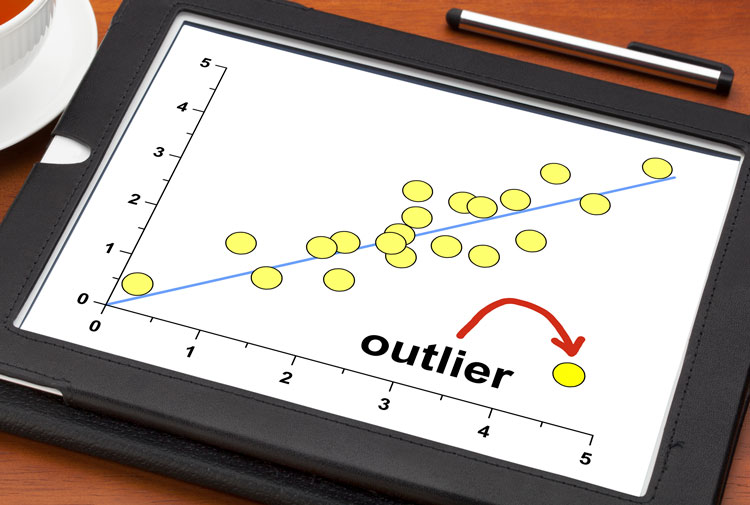
For the same reason that many dairy economists are unwilling to put too much stock in predicting future milk prices, 2020 has left the industry with another lesson just as applicable to federal order pricing:
Outliers matter.
During the November 18 Hoard’s Dairyman DairyLivestream sponsored by Diamond V, Cornell University’s Andy Novakovic reflected on how outliers have exposed a chink in the Federal Milk Marketing Order system.
“On average it’s fine, but the trouble is you don’t have the average every month,” the seasoned economist detailed. “In 2020, not only did we not have the average every month, we had these amazing differences between the high and the low, and we found out the thing that works pretty well on the average kind of sucks when you have outliers.”
Specifically, he was referring to the extreme price fluctuations that have caused large negative producer price differentials (PPDs) throughout 2020.
“I can’t tell you how many times in my 40-plus year career that somebody would come up with this idea for changing something, and inevitably, they’ll say, ‘Let’s put together this spreadsheet formula and plug in the numbers from the last 10 years,’” Novakovic continued.
The calculation used to determine class prices is a perfect example of this error. When analysis was conducted to inform class pricing and base Class I prices on the average of Class III and Class IV prices, there were no issues. However, the market support in Class III and lack of support throughout the rest of the classes of dairy have caused PPDs to soar upwards of $10 in some months during this extreme pandemic economy.
If there’s a lesson that 2020 can offer, Novakovic hopes that it’s the lesson of outliers. The next time a market change is considered, he hopes that this memory is fresh in the industry’s mind.
“Maybe you can say, ‘Oh well, that’s the roll of the dice; you don’t have outliers that often.’ I have a feeling we’re going to think a little more about whether or not we are okay with a system that works well on average or whether or not we need to do something that moderates the tails or somehow deals with those issues,” he concluded. “Part of our challenge is to not just look at something and say, ‘On average, it’s okay.’ Boy, the pandemic economy made that really clear.”
An ongoing series of events
DairyLivestream will air twice each month for the remainder of this year. The next broadcast, “What we want and what we might get from Washington,” will be on Wednesday, December 2. Each episode is designed for panelists to answer over 30 minutes of audience questions. If you haven’t joined a DairyLivestream broadcast yet, register here. Registering once registers you for all future events.








